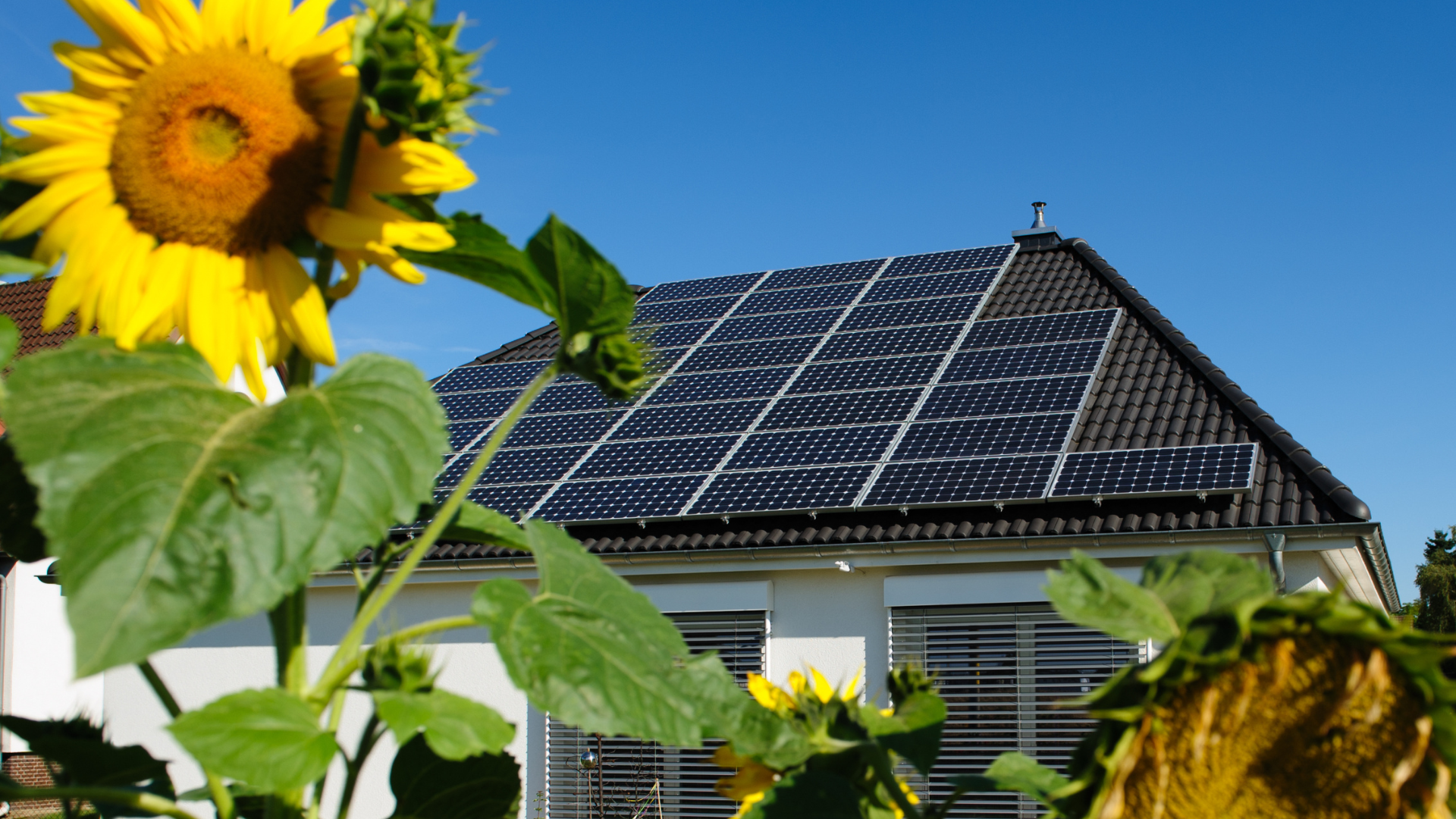If you're reading this, you're probably no stranger to solar power generated by photovoltaic (PV) panels—those rooftop installations that have become increasingly common over the years. But today, let's talk about concentrated solar power (CSP), an alternative method of generating solar energy that works quite differently from PV systems. CSP harnesses sunlight by using mirrors to reflect, concentrate, and focus the sun's rays onto a single focal point. This intense concentration of sunlight generates significant heat, which is then used to produce steam. The steam drives a turbine engine, creating electricity. Unlike PV systems, which rely directly on sunlight to generate electricity, CSP systems can store thermal energy for later use, thanks to advanced thermal energy storage (TES) technologies. This makes CSP particularly effective when it comes to energy storage and efficiency. Moreover, CSP systems offer the flexibility to integrate with other energy sources like coal, natural gas, and biofuels, allowing for hybrid power plants that combine multiple energy generation methods. This adaptability gives CSP a unique edge in addressing diverse energy demands. So, how exactly do these concentrated solar power systems function? Let's dive into the four main types of CSP technologies: Let's explore why CSP is becoming an increasingly attractive option for renewable energy production. No technology is without its drawbacks, and CSP is no exception. Currently, CSP is gaining traction in several parts of the world. Globally, there are around 130 CSP projects, with a cumulative installed capacity of 5,500 MW. Spain leads the pack, hosting nearly 42% of all CSP installations worldwide. The Planta Solar 10 (PS10) in Spain marked the debut of the world's first commercial-scale solar power tower. The country plans to expand its CSP portfolio as part of its long-term energy strategy. In Dubai, the Noor Energy 1 project—a 700 MW CSP plant—is currently under construction. Designed with parabolic troughs and solar towers, it reflects Dubai's commitment to sustainable and environmentally responsible growth. Meanwhile, the United States hosts 52 CSP plants, showcasing its growing interest in this technology. With major economies investing in CSP, the future looks bright for this innovative energy solution. Researchers are even exploring the possibility of using CSP to create fuel from air and sunlight, offering a potential pathway to cleaner air, reduced CO2 levels, and lower global temperatures. As we move forward, concentrated solar power stands poised to play a pivotal role in delivering sustainable, eco-friendly energy solutions for generations to come. Oil Suction Filter,Oil Absorbing Filter,Oil Filtration Device,Oil Removal Filter HUAIAN YATAI HYDRAULIC MACHINERY CO., LTD , https://www.yataihydraulic.com
Four Types of Concentrated Solar Power Technologies
The Advantages of Concentrated Solar Power
The Challenges of Concentrated Solar Power
Is Concentrated Solar Power the Future?
Curious about solar power and how it can help protect our planet? Learn more here.